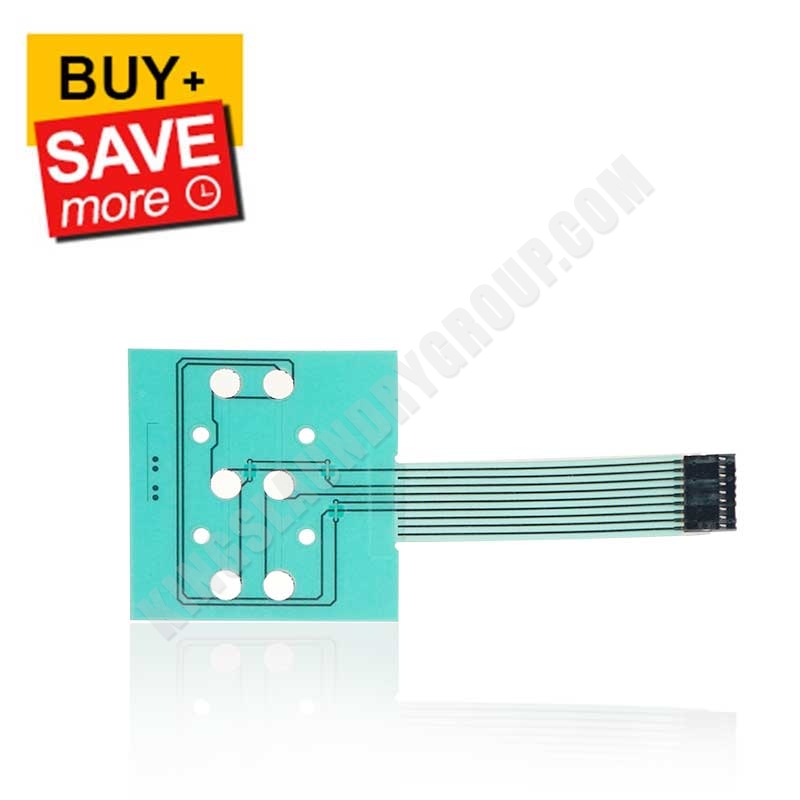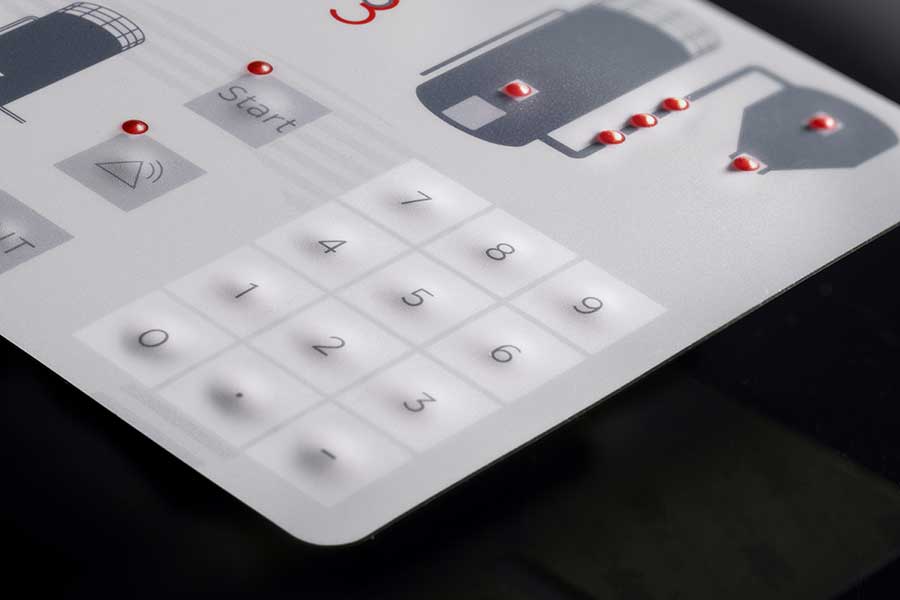How Membrane Switch Technology Is Revolutionizing Modern User Interfaces
How Membrane Switch Technology Is Revolutionizing Modern User Interfaces
Blog Article
Membrane Change Technology: The Key to Trusted and Cost-efficient User Interfaces
Membrane layer switch innovation has actually arised as a critical part in the design of customer interfaces, supplying both dependability and cost-effectiveness throughout a diverse variety of applications. As we explore the diverse benefits of membrane layer switches, their capacity for development raises questions regarding future applications and progressing trends.
Understanding Membrane Layer Switch Modern Technology
Membrane switch technology is a commonly made use of user interface service in different digital tools, supplying a seamless blend of capability and layout. This modern technology includes multiple layers of products, normally including a visuals overlay, spacer layer, and a circuit layer. The graphic overlay presents the user interface aspects, while the spacer layer separates the circuit layer from the overlay until an individual turns on a switch.
When pressure is related to the overlay, the circuit layer finishes the electrical circuit, sending out a signal to the gadget. This mechanism enables for different setups, including responsive feedback and backlighting alternatives, enhancing user interaction. Membrane buttons are normally produced making use of resilient materials such as polyester or polycarbonate, making certain longevity and resistance to ecological variables like dampness and dust.
The versatility of membrane layer changes enables their application in diverse industries, including clinical devices, customer electronics, and commercial controls. Their compact layout permits combination into space-constrained settings, supplying an efficient customer interface without jeopardizing aesthetic charm. Recognizing the intricacies of membrane layer switch technology is crucial for suppliers and designers seeking to create reputable and efficient human-machine user interfaces.
Trick Advantages of Membrane Switches
While different user interface services exist, membrane layer switches deal unique advantages that make them a recommended option in many applications. Among the primary benefits is their resilience; membrane switches are created to stand up to harsh ecological problems, including wetness, dust, and temperature fluctuations, guaranteeing resilient efficiency. This resilience dramatically minimizes the need for frequent substitutes, therefore decreasing general maintenance expenses.

In addition, membrane buttons are lightweight and portable, making them suitable for applications where area is limited. Their low-profile design adds to a streamlined appearance without jeopardizing functionality.
Cost-effectiveness is likewise a noteworthy benefit, as the manufacturing procedure for membrane changes often tends to be cheaper contrasted to traditional mechanical buttons. This price, integrated with their integrity and ease of installment, settings membrane layer switches as a functional service for a vast array of markets seeking reliable and reliable interface.
Applications Across Numerous Industries
Just how do membrane switches adapt to the varied needs of various industries? Membrane layer switch modern technology is significantly recognized for its adaptability, making it suitable for a large range of applications across several markets. In the medical field, membrane switches are utilized in diagnostic tools and person monitoring tools, where their sturdiness and simplicity of cleansing are critical for maintaining hygiene requirements. The auto industry uses these switches in dashboards and control board, offering a streamlined visual while ensuring easy to use procedure.
In consumer electronics, membrane switches give a small solution for remotes and home appliances, enhancing user experience via user-friendly style. Furthermore, the commercial sector leverages membrane layer buttons for machinery control panels, gaining from their resistance to harsh environments, such as dampness and dirt.
Military and aerospace applications also use membrane layer switches for their dependability and capacity to hold up against severe conditions, guaranteeing functional performance in vital situations. Additionally, the food and drink industry takes on these buttons for automated systems, where cleanliness and simplicity of operation are critical. Ultimately, membrane layer switches are tailored to Read More Here fulfill the distinct demands of each industry, verifying their vital function in contemporary technology user interfaces
Style and Modification Options

In the world of membrane button innovation, layout and modification choices play an essential duty in improving performance and individual interaction. These buttons can be tailored to fulfill certain functional requirements and visual preferences, making them versatile elements in different applications.
Among the key personalization alternatives is the layout of the switch itself, which can be created to accommodate unique interface and why not try these out ergonomic considerations. By changing the form, dimension, and arrangement of buttons, producers can develop intuitive layouts that facilitate convenience of use. Additionally, the incorporation of various colors and graphic overlays permits branding and boosted visibility, making sure that customers can promptly determine functions.
In addition, membrane layer switches can be engineered with various responsive comments devices, such as raised switches or audible clicks, to enhance the customer experience. Different materials can additionally be picked for durability and environmental resistance, resolving variables such as dampness, temperature level variations, and chemical exposure.
Ultimately, the extensive style and modification options offered in membrane layer button technology equip companies to develop tailored options that not only satisfy functional needs but likewise line up with their branding and functional requirements.

Future Trends in Membrane Layer Buttons
As membrane button innovation remains to develop, future patterns are significantly concentrated on improving individual experience and incorporating sophisticated capabilities. One substantial fad is the integration of touch-sensitive and capacitive modern technologies right into standard membrane buttons. This development permits more intuitive interface, supplying responsive responses while maintaining a sleek design.
Another emerging fad is making use of eco-friendly materials, driven by the growing need for lasting production methods. Manufacturers are seeking to lower their carbon impact by utilizing recyclable substratums and low-impact inks, straightening with global sustainability objectives.
Furthermore, the increase of the Web of Points (IoT) is motivating the incorporation of smart attributes click reference into membrane buttons. Enhanced connectivity choices will make it possible for devices to communicate with each various other, permitting smooth integration right into wider systems.
In addition, advancements in printing technologies, such as digital printing, are enabling greater style versatility and modification. This enables manufacturers to create complex designs and vibrant shades cost-effectively.

Final Thought
In conclusion, membrane layer switch modern technology stands for a crucial advancement in individual interface design, supplying significant advantages in durability, customization, and cost-effectiveness. As improvements continue to arise, particularly in touch-sensitive interfaces and lasting materials, the potential for membrane layer switches to boost individual experience and performance remains encouraging.
Report this page